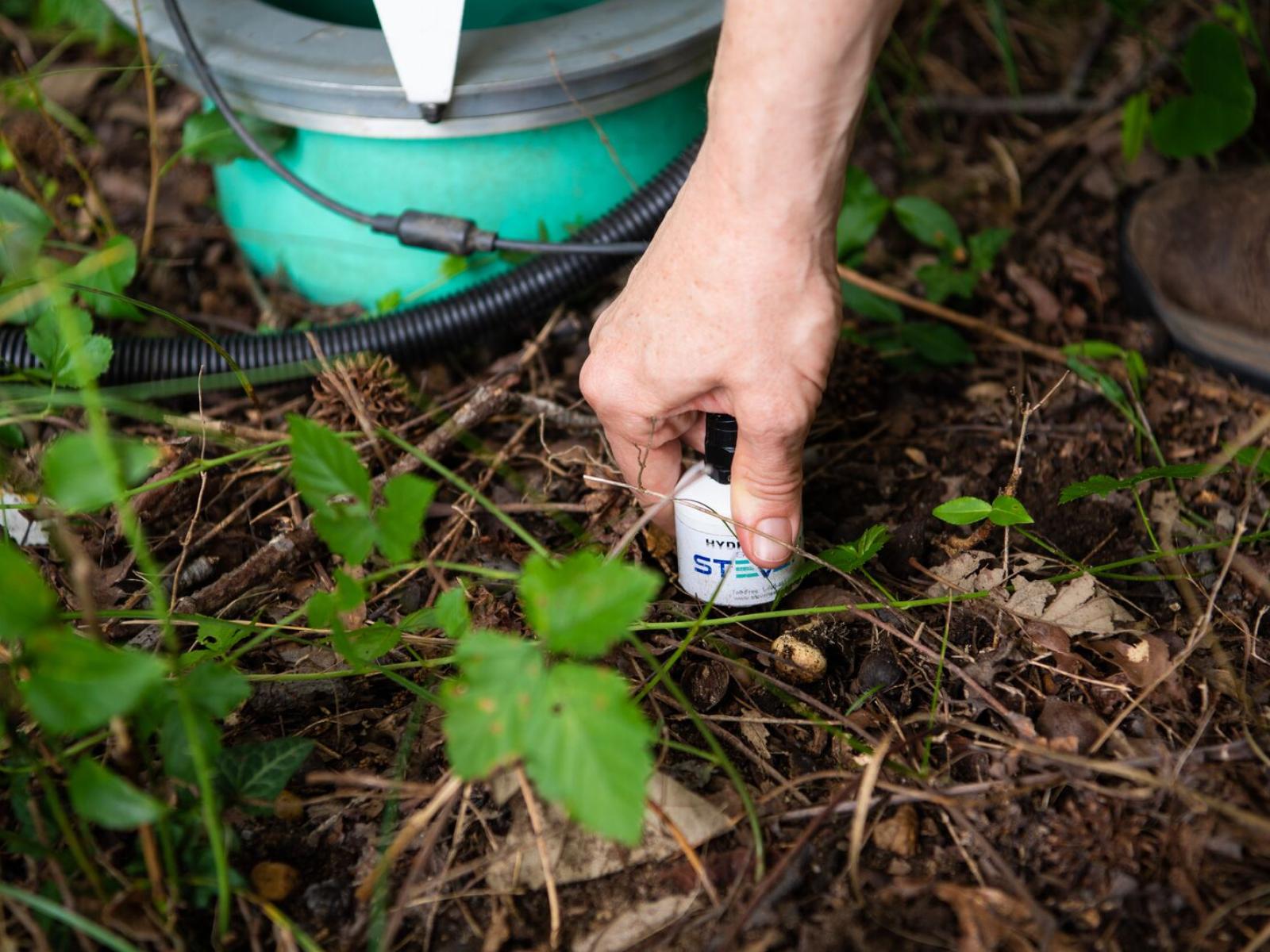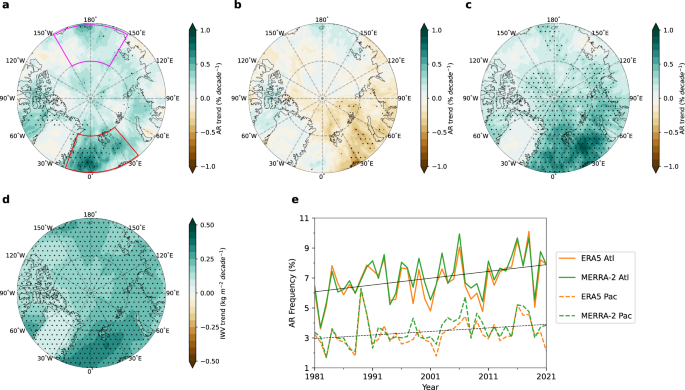2024-03-28 パシフィック・ノースウェスト国立研究所(PNNL)

To determine the role of soil moisture in regulating methane processes, measurements were made throughout the summer season alongside measurements of the flux of methane either into or out of the soil.
(Photo by Andrea Starr | Pacific Northwest National Laboratory)
<関連情報>
- https://www.pnnl.gov/publications/understanding-soil-methane-flux-two-techniques-are-better-one
- https://www.sciencedirect.com/science/article/abs/pii/S0038071723003589
移植された土壌モノリスからのメタンフラックスは水分に依存するが起源には依存しない Methane flux from transplanted soil monoliths depends on moisture, but not origin
Kendalynn A. Morris, Mitchell Smith, Vanessa L. Bailey, Roberta Bittencourt-Peixoto, Donnie J. Day, Nora Hamovit, Anya M. Hopple, Jaehyun Lee, Kaizad F. Patel, Peter Regier, Stephanie J. Wilson, Stephanie A. Yarwood, Pat Megonigal, Ben Bond-Lamberty
Soil Biology and Biochemistry Available online:6 January 2024
DOI:https://doi.org/10.1016/j.soilbio.2023.109296
Highlights
•Field & lab measurements probed controls of net & gross coastal-forest soil methane flux.
•In situ lowland soils were methane sources while ex situ surface soils were sinks.
•Results indicate soil methane production occurs at depth in low-lying areas.
Abstract
Soils both produce and consume methane (CH4), a potent greenhouse gas that contributes to climate change. In coastal forests, upland soils are shifting from being CH4 sinks to sources as sea levels rise, increasingly flooding soils with little prior inundation history. Ecosystem CH4 budgets are highly uncertain due in part to the difficulty in separating fluxes measured at the soil surface into individual production and consumption processes which are likely to have different responses to future environmental conditions. We measured growing season CH4 fluxes from soil monoliths transplanted four years prior along an inundation and salinity gradient to determine how changes in abiotic conditions control CH4 flux rates. To parse net fluxes measured at the soil surface into their component gross rates, we paired field measurements with a stable isotope pool dilution incubation of surface soils. Throughout the growing season, net soil surface CH4 flux was positively correlated with soil moisture (p < 0.01), with lowland-located soils tending towards CH4 sources (mean 0.349 ± 1.11 mg CH4–C m−2 h−1, error is standard deviation) and upland-located soils tending towards CH4 sinks (−0.003 ± 0.003 mg CH4–C m−2 h−1). Transplanted soils’ fluxes were statistically identical to their native neighbors once microtopography-driven differences in soil moisture were controlled for. The pool dilution experiment revealed that production and consumption rates were similar in upland and lowland surface soils (2.82 ± 3.29 μmol CH4 g−1 dry soil d−1 production, 3.47 ± 2.03 μmol CH4 g−1 dry soil d−1 consumption), indicating the majority of production likely occurs at depth in lowland soils. Both gross and net fluxes from transplanted soils showed no effect of soil origin after four years, suggesting low resistance of CH4 cycling to global change drivers. Our results indicate the strength of the coastal forest CH4 sink is likely to decrease in proportion to sea-level rise.



